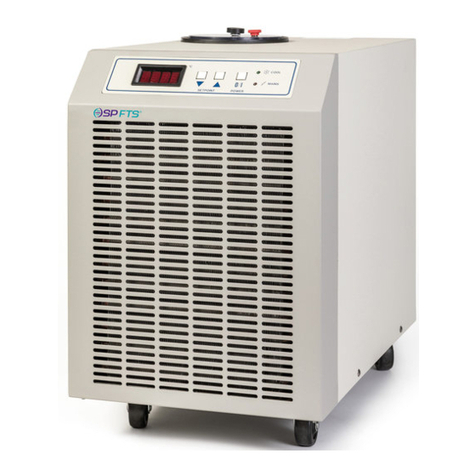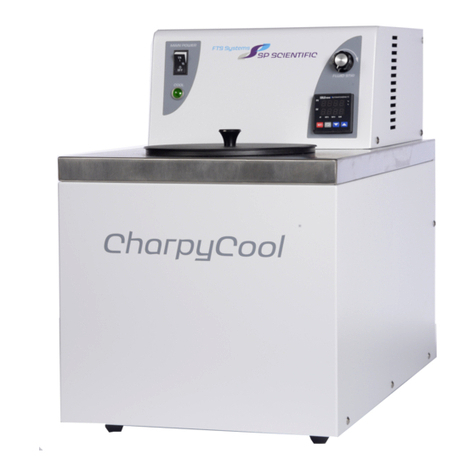
vi Rev 007, 04/12
© SP Scientific 2012
Proportional Control Menu.................................................................................................................................21
SPAN Menu.......................................................................................................................................................22
Miscellaneous Menu ..........................................................................................................................................23
Communications Menu ......................................................................................................................................24
PID Tuning.........................................................................................................................................................25
It and dt .........................................................................................................................................................26
CCt................................................................................................................................................................26
CPb ...............................................................................................................................................................27
Maintenance .............................................................................................................29
Lockout/Tagout Procedure.................................................................................................................................29
Removal of Panels........................................................................................................................................30
Fuse Replacement.............................................................................................................................................31
Cleaning.............................................................................................................................................................32
Draining Fluid.....................................................................................................................................................32
EDC Programmer’s Reference..................................................................................33
Overview............................................................................................................................................................33
Hardware ...........................................................................................................................................................33
Communications................................................................................................................................................34
Communication Data .........................................................................................................................................34
Data Format.......................................................................................................................................................34
Received Data ...................................................................................................................................................34
Transmitted Data ...............................................................................................................................................36
Transmitted Data Format...................................................................................................................................38
Acknowledge.................................................................................................................................................38
Error ..............................................................................................................................................................38
Value.............................................................................................................................................................38
Terminator.....................................................................................................................................................39
Commands and Codes ......................................................................................................................................39
Command Set ...............................................................................................................................................39
Alarm Codes..................................................................................................................................................46
RS-232 Error Codes......................................................................................................................................47
Sample Program................................................................................................................................................50
Program.........................................................................................................................................................50
Appendix A: Troubleshooting....................................................................................51
Appendix B: System Safeties and Alarms.................................................................55





























